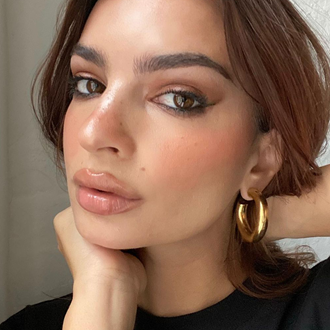Chapped lips just won’t go away? Here’s what to do
How to get rid of dry lips for good
Chapped lips suck. They’re uncomfortable, seemingly unfixable and can drive you goddamn crazy. And while we’d like to believe the curse of chapped lips are restricted to winter, the truth is that you can pretty much be blessed with a case of dry, cracked lips anytime, anywhere. You lucky thing, you!
So, what’s one to do when lips are in such a flaky situation? How do you get rid of chapped lips? Well, there are some specific ingredients you should be looking for that’ll help soothe, moisturise and heal chapped lips – and some you should avoid.
Find out below everything you need to know about what is causing your chapped lips and how to fix dry lips once and for all.
What causes chapped lips?
Fact: Your lips don’t produce oil, making them naturally drier than your face and body. Cosmetic Chemist and founder of hop & cotton, Ee Ting Ng says they are also structurally much thinner than the rest of our facial skin. “This combination makes them a lot more susceptible to drying elements of our surroundings, such as in winter or constant heating/air-conditioning. When the outer layers of cells on our lips are dried out, they become more rigid and visible, with cracks forming in-between them. This is what we see and identify as chapped lips.”
“How ‘thin’ our lips are can also make them extra sensitive to irritants,” notes Ng.
How to get rid of chapped lips
So, what is the best remedy for chapped lips? Stocking up on lip balm seems to be the easiest way to cure dry, cracked lips. However, it’s really important to choose the right kind of lip balm (yep, they’re not all equal) because there are specific ingredients that are more effective than others. And there are some that should be avoided completely.
According to Ng, the best lip balms for healing dry lips contain a combination of barrier-forming occlusives (such as beeswax, carnauba wax, microcrystalline wax), nourishing and softening oils (such as plant oils like castor, jojoba, coconut oil, as well as hydrocarbons like hydrogenated polyisobutene and squalene), and dual-purpose emollients with humectant properties (such as lanolin and its derivatives).
We recommend trying hop & cotton The Lip Guard, Go-To Lips! and Frank Body Lip Balm.
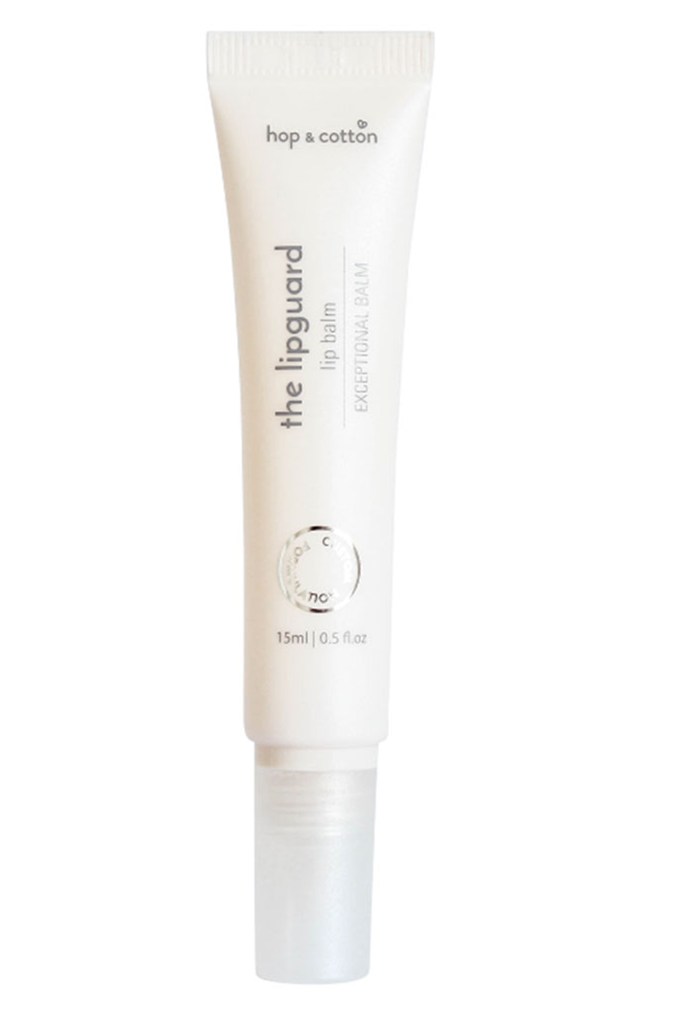
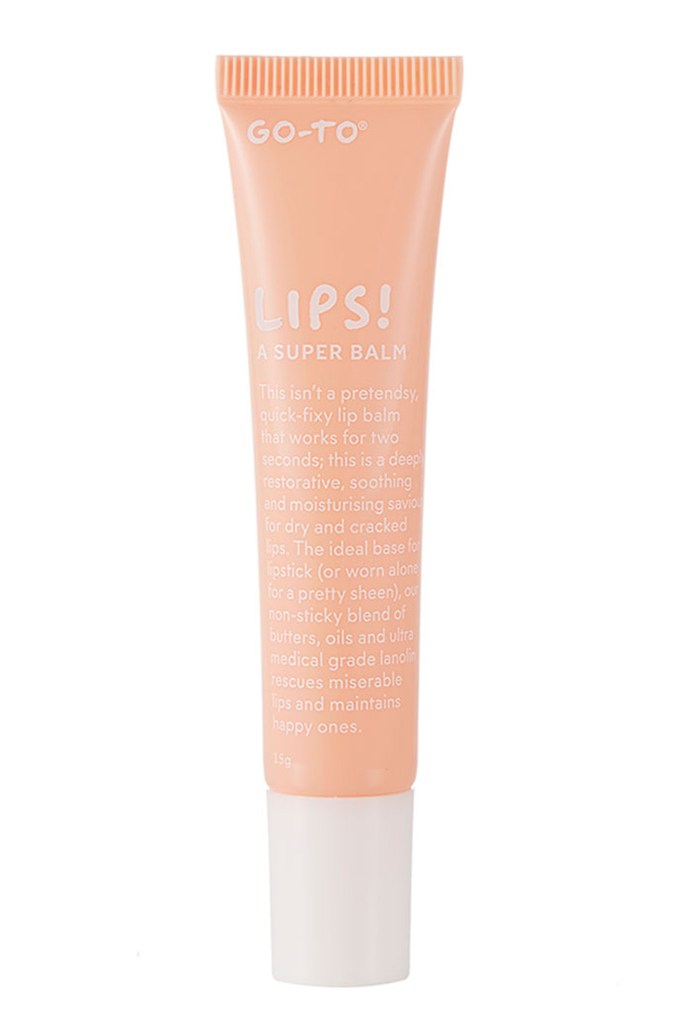
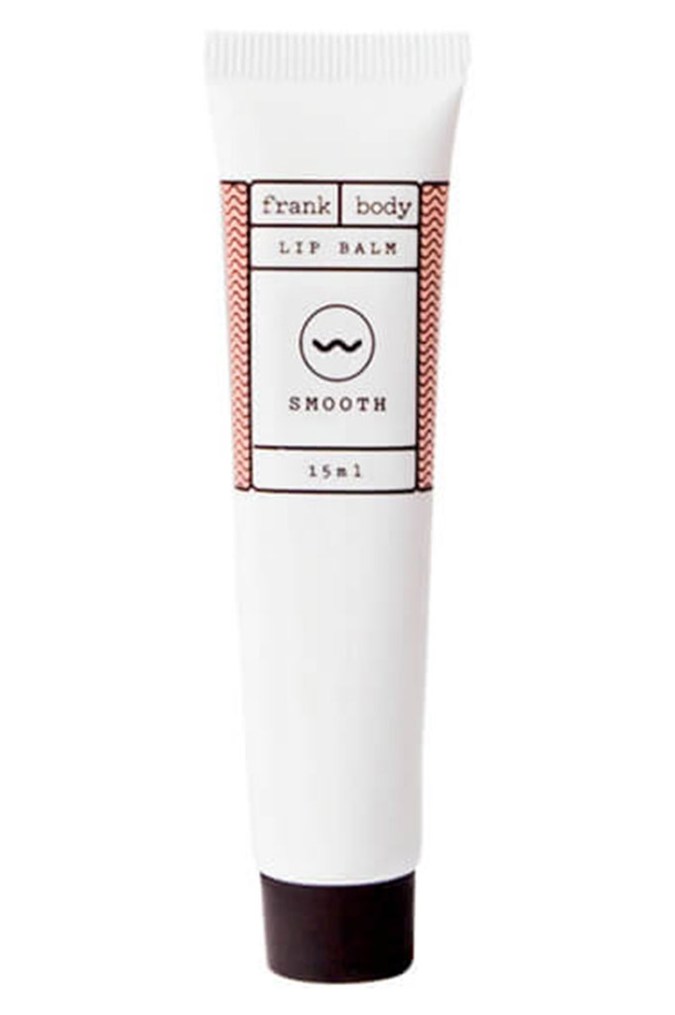
So, what kind of lip balm is the ‘wrong’ lip balm? Ng says to avoid anything with fragrance or flavours (like natural essential oils - mint, eucalyptus, cinnamon, grapefruit, orange, lemon oils and synthetic fragrances or flavours), as well as any cooling compounds (such as menthol, camphor, phenol).
In addition to these ingredients, Ng says you might also want to pass on matte lip colours. Layering products on your dry lips throughout the day can make your chapped lips a whole lot worse, especially if you’re swiping on a matte formula. “If your lips are especially parched, avoid coloured products with a super matte finish as they often contain a high amount of volatile emollients and silicones (e.g. isododecane, cyclomethicone) that can exacerbate dryness,” says Ng.
But that doesn’t mean ALL matte lippies are out. Luckily for us beauty addicts, many brands have recognised our need for lipsticks that won’t dry out our already-super-dry lips. So look out for ‘hydrating’, ‘moisturising’ and ‘nourishing’ lipsticks because they won’t accentuate your flaking lips like many ‘mattifying’ or ‘long-lasting’ bad boys. Better yet, look for lip balms that offer a hint of colour such as Kiehl’s Butterstick Lip Treatment, Ilia Tinted Lip Conditioner or Burt’s Bees Tinted Lip Balm in Rose. Crisis averted!
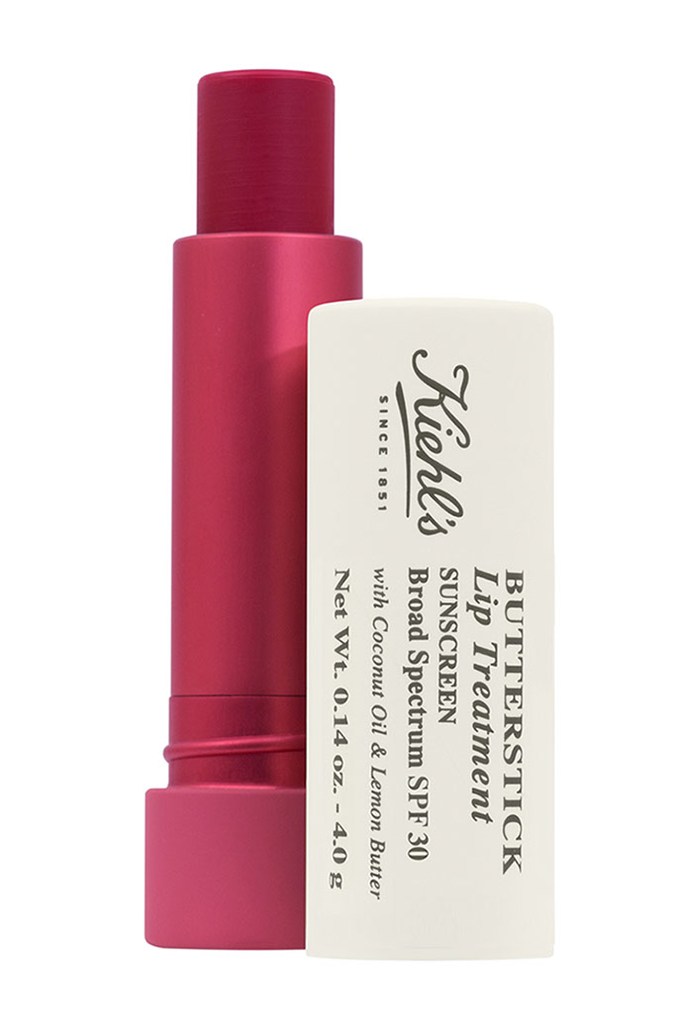

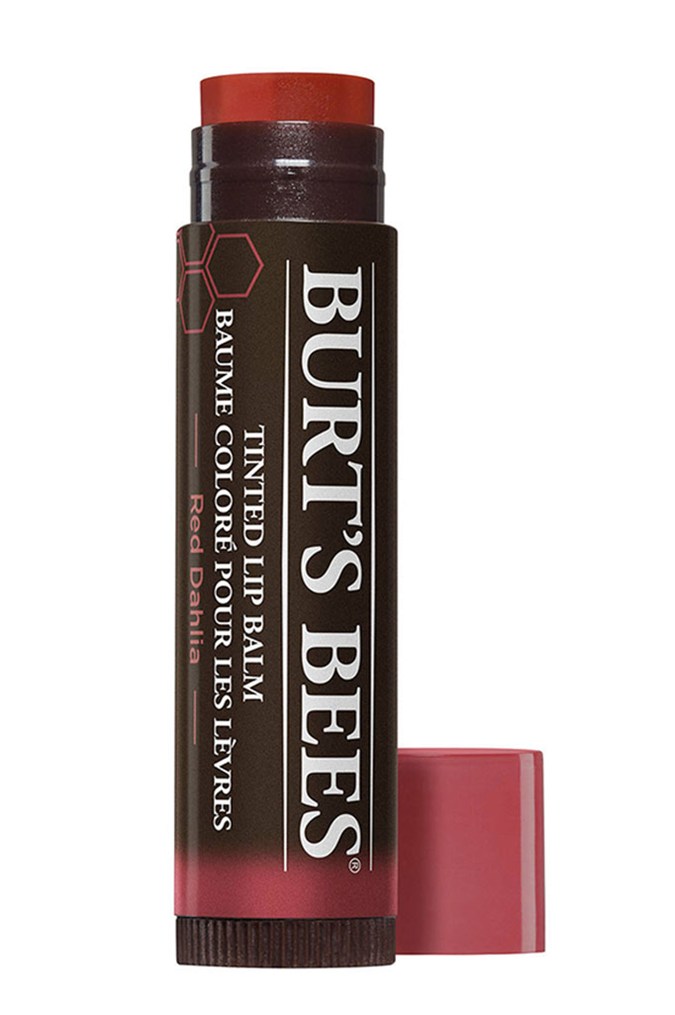
If your lips are already cracked, you should gently remove any flakiness before you apply your balm. Ng notes you don’t need any grainy scrubs or washcloths to get smooth results: “Very gently remove any peeling bits of skin using a wet cotton pad [using] circular motions,” she advises. Then, “Apply a rich, non-scented/non-flavoured lip balm multiple times throughout the day, including a very generous layer just before you sleep.” Once your lips are healed, you can go back to applying your go-to lip balm as and when needed.
What not to do with chapped lips
One of Ng’s top tips on how to get rid of dry lips? Don’t lick them! “When trying to heal up cracked lips, try your hardest to not lick your lips! Although it temporarily relieves discomfort, your lips will dry out further after the water fully evaporates. To prevent this, carry a lip balm with you at all times and reapply whenever you feel a hint of dryness or the urge to lick your lips.”
Can your lips become reliant on lip balm?
If you’re anything like us, you carry a multitude of lip balms with you *everywhere* you go. Your pockets, purses, cars and nightstands are stocked with an impressive array of just about every lip treatment ever created. But can repeatedly applying lip balm make our lips worse? The more you apply, the more you need to re-apply?
Ng says no. “Lip balms contain a mix of different waxes and oils to create a barrier over your lips, thus preventing them from drying out. This barrier won't cause your lips to 'dry out further' leading to 'addiction' or the need for constant reapplication,” says Ng.
If you’re experiencing chronic dryness/cracks despite repeated lip balm application, Ng says it’s likely that you are allergic to something in your lip balm. She recommends avoiding potential irritants such as menthol, camphor, phenol, peppermint, mint, lime, orange and flavours.
If you notice crusting or open sores around your lips (like splits on the corners of your lips), this could be a sign of a vitamin deficiency, so it’s probably best to check in with your doctor on the correct solution.
How long does it take for chapped lips to heal?
It *always* feels like years, but Ng says that, depending on the severity, things can usually get better after just a few days. “It depends on the condition of your lips. Assuming there are no irritants in your lip balm and you consistently reapply lip balm, things can turn around in as quickly as a few days – or up to couple of weeks.”
Is it just us or do you also totally feel like applying lip balm right now?
Looking for some natural remedies for chapped lips? This one ingredient has been touted as the answer for chapped lips and dry skin.
Do you suffer from chapped lips on the reg? What’s your favourite lip treatment? Let us know in the comment section below.
Main image credit: Getty

Erin Docherty is a Beauty Writer for BEAUTYcrew, Beauty Editor for Women's Health magazine and a Grooming Writer for Men's Health magazine. She has a keen interest in cosmeceutical skin care and is currently working on minimising her 9-step skin care routine – because ain’t nobody got time for that. When she’s not writing about the latest beauty news, or applying copious amounts of serum, you can find her spending all her money in Sephora.






